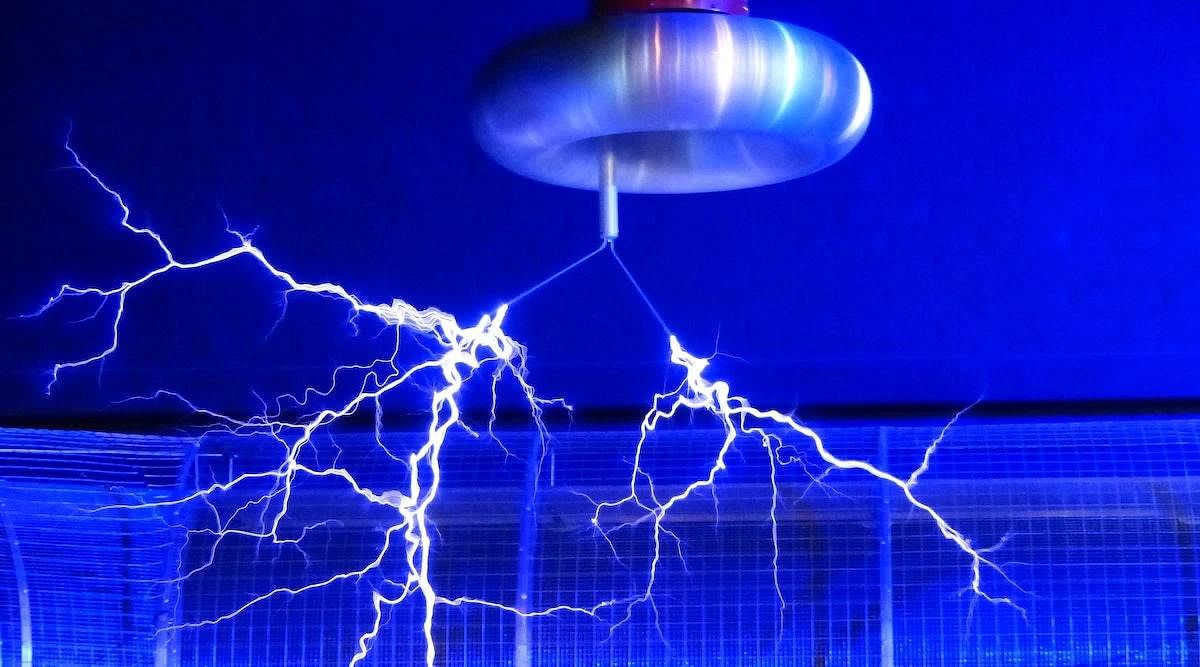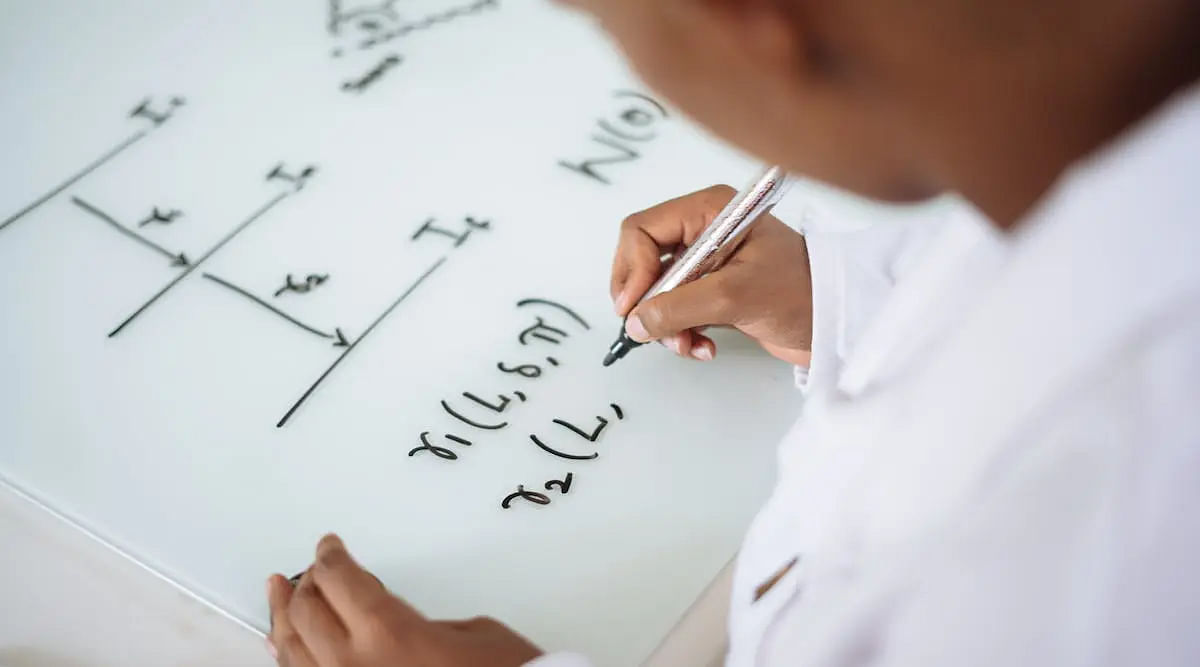CBSE 12th Exams to Held Feb 15 Onwards: Check CBSE 12th Physics Chapter 3 Important Questions
Students can refer to the CBSE 12th Physics Chapter 3 Important Questions and solutions here to prepare for their upcoming CBSE Board Exam 2023.
CBSE 12th Physics Chapter 3 Important Questions: The Central Board of Secondary Education (CBSE), India, will conduct the class 12 Board exams between Feb 15 to Apr 5, 2023.
The Physics exam is scheduled for Mar 6. Students completing their CBSE 12th Physics revision must thoroughly study the third chapter, i.e., CBSE 12th Physics Current Electricity.
Continue reading further to check the CBSE 12th Physics Chapter 3 Important Questions and their solutions.
Also Read: Check CBSE 12th Physics Chapter 2 Important Questions
CBSE 12th Physics Chapter 3 Important Questions & Solutions
Find the CBSE 12th Physics Chapter 3 Important Questions and solutions for the third Chapter (Current Electricity) below.
- Question 1: The emf of a cell is always greater than its terminal voltage. Why? Give reason.
Answer: Emf is the p.d. when no current is drawn. When current is drawn, there will be a potential drop across the internal resistance of the cell. So, the terminal voltage will be less than the emf. - Question 2: A cell of emf ‘E’ and internal resistance ‘r’ draws a current ‘I’. Write the relation between terminal voltage ‘V’ in terms of E, I and r.
Answer: V = E – I - Question 3: Two identical cells, each of emf E, having negligible internal resistance, are connected in parallel with each other across an external resistance R. What is the current through this resistance?
Answer: I= E/R [When cells are connected in parallel, emf remains unchanged] - Question 4: Why is the terminal voltage of a cell less than its emf?
Answer: The terminal voltage of a cell is less than emf because some current, however small, maybe is drawn to measure terminal voltage due to the internal resistance of the cell. - Question 5: Two students A and B were asked to pick a resistor of 15 kΩ from a collection of carbon resistors. A picked a resistor with bands of colours: brown, green, and orange while B chose a resistor with bands of black, green, and red. Who picked the correct resistor?
Answer: Student ‘A’ picked up the correct resistor of 15 kΩ. - Question 6: How does the random motion of free electrons in a conductor get affected when a potential difference is applied across its ends?
Answer: Random motion of free electrons gets directed towards the point at a higher potential. - Question 7: State the underlying principle of a potentiometer.
Answer: When a constant current flows through a wire of uniform cross-section and of uniform composition, the potential difference across any length of wire is directly proportional to its length, i.e., Vl∞l - Question 8: A graph showing the variation of current versus voltage for a material GaAs is shown in the figure. Identify the region of
(i) negative resistance
(ii) where Ohm’s law is obeyed
versus for a GaAs is in the Identify the region of
Answer: DE: Negative resistance region. AB: Where Ohm’s law is obeyed. - Question 9: Why is a potentiometer preferred over a voltmeter for determining the emf of a cell?
Answer: Potentiometer does not draw any (net) current from the cell; while Voltmeter draws some current from the cell when connected across it, hence it measures terminal voltage. It is why a potentiometer is preferred over a voltmeter to measure emf. - Question 10: Nichrome and copper wires of the same length and same radius are connected in series. Current I is passed through them. Which wire gets heated up more? Justify your answer.
Answer: Nichrome :
Nichrome wire gets heated up more because of the higher resistivity of nichrome. ResistivityNI > ResistivityCu - Question 11: State Kirchhoff’s rules. Explain briefly how these rules are justified.
Answer: Kirchhoff’s rules.- Kirchhoff’s junction rule: At any junction, the sum of the currents entering the junction is equal to the sum of currents leaving the junction.
- Kirchhoff’s loop rule: The algebraic sum of changes in potential in any closed loop involving resistors and cells is zero.
These two laws are justified on the basis of the law of conservation of charge and the law of conservation of energy respectively.









POST YOUR COMMENT